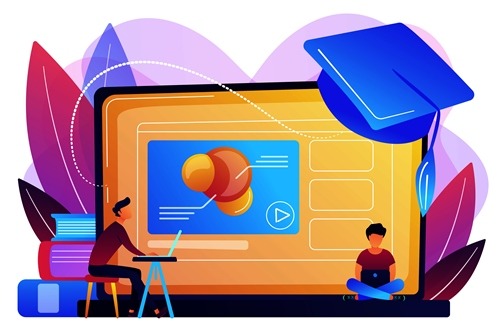There are no items in your cart
Add More
Add More
| Item Details | Price | ||
|---|---|---|---|
NCERT Science Notes - Class 8
Chapter 12 - Some Natural Phenomena
Welcome to AJs Chalo Seekhen. This webpage is dedicated to Class 8 | Science | Chapter 12 - Some Natural Phenomena. The chapter explores the intriguing natural events of lightning and earthquakes. This chapter explains the causes and effects of these phenomena, detailing how lightning is formed through the accumulation of charges in clouds and how earthquakes result from the sudden release of energy in the Earth’s crust. Students will learn about safety measures to protect themselves during these events. Engaging activities and experiments, such as creating a simple electroscope and understanding seismic waves, make this chapter both educational and interactive, enhancing students’ comprehension of these powerful natural occurrences.
NCERT Science Notes - Class 8 Chapter 9 - Friction notes ajs, cbse notes class 10 ajslearning, cbse notes ajs, ajs notes class 10, ajslearning, ajs chalo seekhen
NCERT Science Notes - Class 8
Chapter 12 - Some Natural Phenomena
Topics Covered:
The Sparks that the Greeks Knew About : Discovery of Electric Charges
Activity 12.1 : Charging by rubbing
|
|
|
|
|---|---|---|---|
| Refill | Polythene, woollen cloth | Attracts | Charged |
| Balloon | Polythene, woollen cloth, dry hair | Attracts | Charged |
| Eraser | Wool | Attracts | Charged |
| Steel spoon | Polythene, woollen cloth | Does not attract | Not Charged |
| Plastic comb | Dry hair | Attracts | Charged |
| Glass rod | Silk | Attracts | Charged |
| Wooden stick | Wool | Does not attract | Not Charged |
Activity 12.3: Types of Charges and Their Interaction
(a) Balloons Experiment
Summary of Observations on Electric Charges
Activity 12.4: Building a Simple Electroscope
Materials Needed:
Electroscopes and Earthing
General Precautions
Outside
Definition:
An earthquake is a sudden shaking or trembling of the earth that lasts for a very short duration.
Causes:
Objective:
To locate affected regions and gather personal accounts of the tsunami's devastation.
Materials Needed:
Myths About Earthquakes
Prediction of Earthquakes
Measuring Earthquake Power
Seismic Waves and Measurement
Seismic Waves
Importance of Precautions
NCERT Science Notes - Class 8 | Science | Chapter 11 - Some Natural Phenomena
NCERT Science Notes - Class 8 | Science | Chapter 8 - Force and Pressure
Dedicated team provides prompt assistance and individual guidance.
Engaging visuals enhance understanding of complex concepts.
Engaging visuals enhance understanding of complex concepts.
Assess understanding and track progress through topic-specific tests



